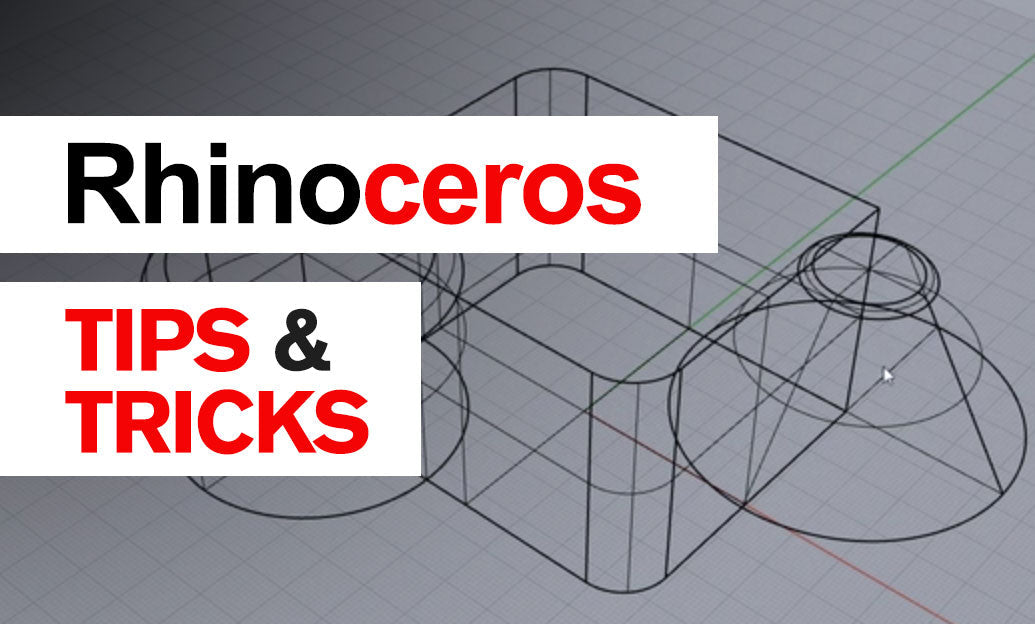Your Cart is Empty
Lighting is an essential component in creating compelling renders in ZBrush. Properly setting up lights can dramatically enhance the visual quality of your models, making them feel more realistic and engaging. Here are some essential tips for setting up lights for renders in ZBrush:
-
Understanding Light Types: ZBrush offers various types of lights - Sun Light, Point Light, Spot Light, and Ambient Light. Each type has its unique properties and uses:
- Sun Light: Mimics the sun's natural light, casting parallel rays across the scene. Ideal for outdoor scenes.
- Point Light: Emits light uniformly in all directions from a single point. Great for localized lighting effects.
- Spot Light: Projects a cone of light, useful for highlighting specific areas.
- Ambient Light: Provides a soft, diffuse light that fills in shadows and reduces harsh contrasts.
- Adjusting Light Position: Positioning your lights correctly is key to achieving the desired effect. Use the Light Position sliders to move the lights around your model and observe how the shadows and highlights change.
- Setting Light Intensity: Control the brightness of each light using the Intensity slider. Lower intensity for subtle effects or increase it to make the light more prominent. Balancing light intensity among different lights can produce a more natural look.
- Using Light Color: You can change the color of the lights to add mood or atmosphere to your scene. A warm light (yellow/orange) can create a cozy feel, while a cool light (blue) can give a sense of coldness or tension.
- Shadow Settings: Shadows are crucial for depth and realism. Enable shadows for each light and adjust the shadow strength and softness to achieve the desired effect. Softer shadows can give a more natural look, while harder shadows can add drama.
- Multiple Lights: Don’t rely on a single light source. Use a combination of lights to fill in shadows, highlight details, and create a balanced composition. A three-point lighting setup (Key Light, Fill Light, and Back Light) is a classic technique to consider.
Experiment with different light setups and observe how they affect your model. Fine-tuning your lights can make a significant difference in the final render quality. For more advanced tips and to explore ZBrush capabilities, visit NOVEDGE.
Stay tuned for more tips and tricks to enhance your ZBrush skills. For the latest updates and professional resources, follow NOVEDGE.






